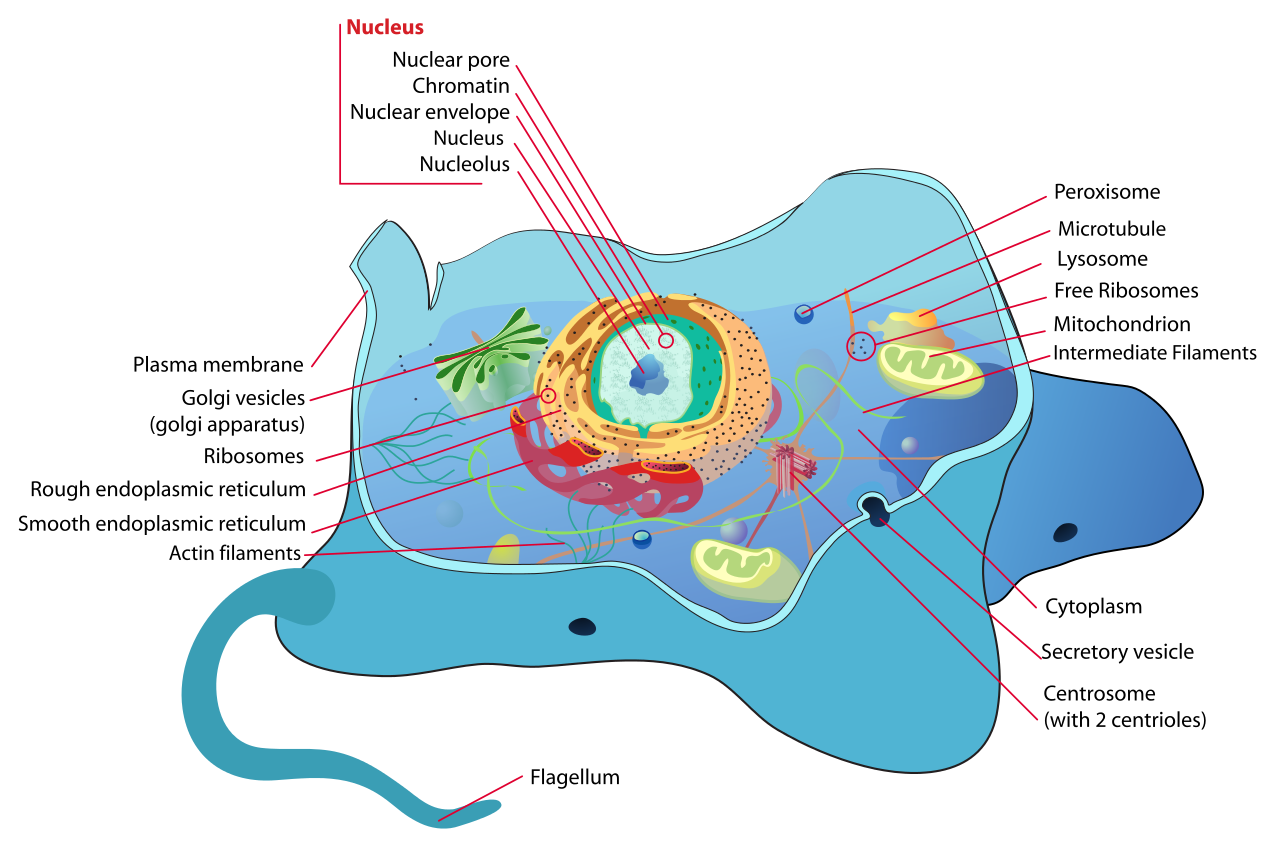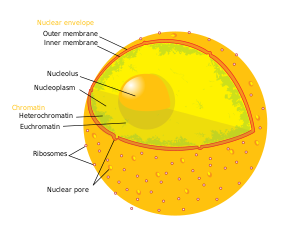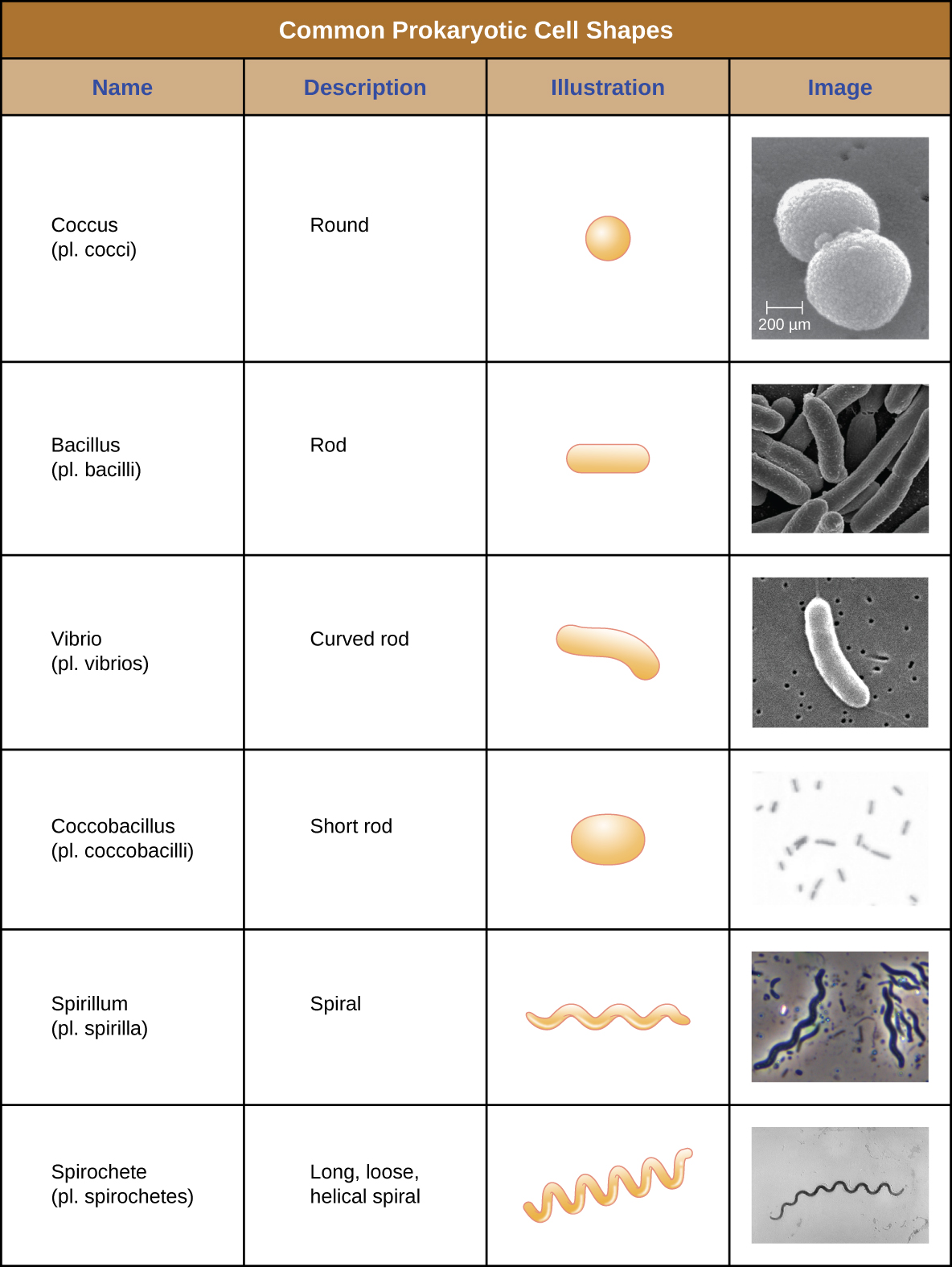Cell
2022-04-06: reference:
Cell #

- A eukaryotic cell consists of its:
- Cell membrane?
- Nucleus

- Nucleolus
- Aggregates RNA for ribosomes themselves, with associated proteins, to assemble them. It is transported through the pores. It’s a mess of >200 proteins.
- Nucleolus
- Cytoplasm
- Cytosol (cytoplasmic matrix), where all organelles are in.
- Cytoskeleton
- Consists of Microtubules, centrosomes, microfilaments, and intermediate filaments.
- Synthesizes proteins for ribosome biogenesis, where they are imported through nuclear pores.
- ~70-80% water. Proteins give it a gelid consistency.
- Nucleus
- Contain’s the cell’s genome, besides the mitochondrial DNA. DNA/RNA synthesis
- Ribosome
- Vesicles
- Golgi apparatus: After they leave the ER, modification/sorting/packaging of proteins/lipids for secretion or delivery to other organelles.
- Rough Endoplasmic Reticulum
- Smooth Endoplasmic Reticulum
- Mitochondria
- Vacuole
- Lysosome
- Peroxisome - found in all eukaryotic cells actually.
- Endosome
Plant Cells #
Prokaryotes #
Defined as lacking a nucleus and other organelles.
-

 ,
,- Contains unpaired (haploid), cirular chromosomes. Nucleoid-associated proteins assist in organizing and packaging the chromosome.
- Has extrachromosomal DNA found in plasmiads, of which there are often hundreds per cell. They do exist in archaea and eukaryotes but are mostly a bacterial thing.
- Flagella are used for movement in aqueous environments.
-
It’s possible Eukaryotes evolved from symbiosis between gram-positive bacteria and archaea, forming the double membrane. A similar thing is seen in mitochondria and chloroplasts:

- Which is more intuitive? I dunno, probably organelle-first. The eukaryote-first hypothesis proposes that prokaryotes actually evolved from eukaryotes by losing genes and complexity.
Archaea #
- Archaeal membrane phospholipids are formed with ether linkages, as opposed to ester.
- Methanogens use hydrogen for electrons for reducing CO2 to food, producing CH4. This is what the bacteria in rumens do, as well as our colon.
- Some archaea grow at 121°C or at pH 1. This has interesting commercial implications.